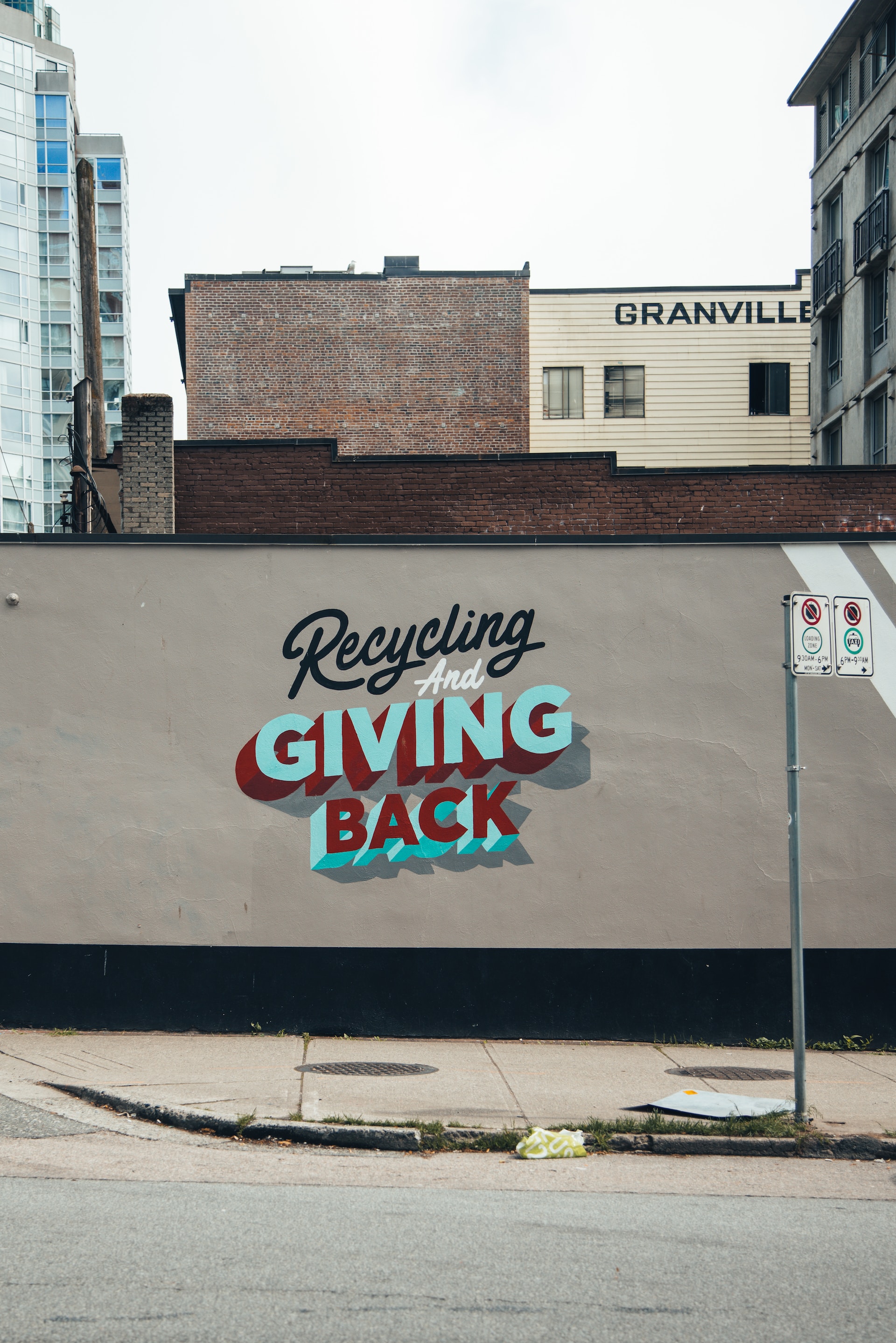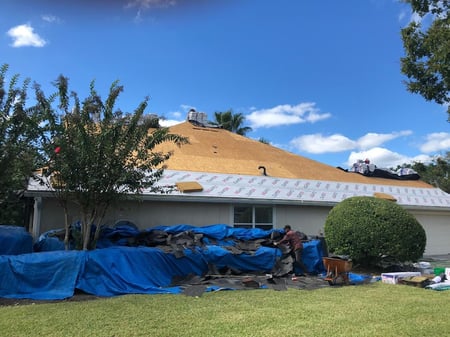
Roofing is an integral part of any home, providing shelter, protection, and insulation against the elements. Over time, however, roofs tend to age and wear out, necessitating replacements or repairs. While the need for roof maintenance is a common occurrence, the way we roofing folk handle the disposal of old roofing materials is undergoing a transformative shift towards sustainability.
Recycling old roofs has emerged as a responsible and eco-conscious approach that not only reduces waste but also contributes to environmental conservation. RoofCrafters has been a part of the roofing industry for 3 decades, and over the years we’ve seen how our planet is changing and declining and thus became a demand for recycling. That's right, folks, you can recycle more than just your plastic bottles and bags - now, you can recycle your roof, too!
That being said, if you’re interested in learning more about reducing your carbon footprint and earning a pat on the back from Mother Nature herself, you’re in the right place. In just a few short moments, you’ll learn about the most commonly recycled roofing materials, the steps of the recycling process, and whether or not you should consider recycling your old roof during your upcoming replacement. So, let’s get started!
Can Old Roofs Be Recycled?
Yes, old roofs can be recycled in many cases! Recycling old roofing materials is an environmentally friendly option that helps reduce waste and conserve resources. The recyclability of a roof largely depends on the type of roofing materials used. Here are some common roofing materials and their recyclability:

- Asphalt Shingles: Asphalt shingles, which are commonly used in residential roofing, can often be recycled. Recycling facilities can process asphalt shingles to create new pavement or other products. Some recycling programs and roofing manufacturers may even accept old shingles for recycling.

- Metal Roofing: Metal roofing materials like steel and aluminum are highly recyclable. When removed, these materials can be melted down and used to produce new metal products.

- Wood Shakes or Shingles: Wood roofing materials can be recycled or repurposed, depending on their condition. They may be used for crafts, wood chips, mulch, or processed to create reclaimed wood for construction or furniture.

- Tile Roofing: Clay or concrete roof tiles can also be recycled. They can be crushed and used in other construction materials.

- Synthetic Roofing Materials: Some synthetic roofing materials, like rubber or plastic shingles, may not be as easily recyclable as traditional materials. However, some manufacturers and recycling centers are exploring ways to recycle these materials.
It's important to note that the availability of recycling options for roofing materials can vary by location. Check with local recycling centers, roofing contractors, or waste management companies to find out if they accept old roofing materials for recycling in your area.
Also, before recycling an old roof, it's essential to ensure that hazardous materials such as asbestos are not present. Asbestos is used in some older roofing materials and can pose health risks if not handled properly. Luckily, your reputable roofing contractor will handle this so you can sit back, relax, and enjoy your latest home improvement project!
How Are Old Roofs Recycled?
Recycling old roofs involves several steps depending on the type of recycled roofing material. Here is a general overview of the recycling process for common roofing materials:
- Removal: The first step is to remove the old roofing material from the building. This is typically done by roofing contractors or demolition crews. During this process, it's essential to handle the materials carefully to prevent contamination and injury, especially if asbestos or other hazardous materials are present.
- Sorting and Separation: Once the roofing materials are removed, they are often transported to a recycling facility. At the recycling facility, the materials are sorted and separated to remove any contaminants. This step ensures that only clean and recyclable materials are processed.
- Processing: The processing of roofing materials depends on the type of material being recycled:
- Asphalt Shingles: Asphalt shingles are typically ground into smaller pieces or crushed into granules. These granules can be used as an aggregate (aggregates provide structural stability and help bind concrete and other materials together) in new asphalt pavement or other construction materials.
- Metal Roofing: Metal roofing materials, such as steel or aluminum, are melted down at high temperatures to create new metal products. The molten metal is then formed into sheets or coils for reuse in manufacturing.
- Wood Roofing: Wood shakes or shingles may be chipped or ground into wood mulch or used for other wood products. In some cases, they can also be reclaimed and repurposed for construction or furniture.
- Tile Roofing: Clay or concrete tiles are typically crushed and used as aggregate in various construction applications.
- Quality Control: Quality control measures are often implemented to ensure that the recycled materials meet certain standards and specifications. This helps maintain the quality and performance of the recycled materials in their intended applications.
- Distribution: After processing and quality control, the recycled roofing materials are ready for distribution to manufacturers or construction companies that can use them in new products or projects.
- Reuse: In some cases, recycled roofing materials may be used in the same or similar applications as the original materials. For example, recycled asphalt shingles can be used to make new asphalt roofing shingles.

*Recycling facilities and processes can vary depending on your state or location and the availability of recycling infrastructure. Additionally, the recyclability of roofing materials may be influenced by local regulations and market demand for recycled materials.*
Should I Recycle My Old Roof During My Replacement?
Recycling your old roof during a replacement is a commendable choice with several benefits. It contributes to environmental sustainability by reducing waste in landfills and conserving valuable resources. However, the decision to recycle should be made after considering factors such as the availability of local recycling facilities, the type and condition of your roofing materials, and the associated costs.
If you are environmentally conscious and have access to recycling options, recycling your old roof can align with your values and make a positive impact on the planet while ensuring responsible disposal of roofing materials. Ultimately, it's a choice that reflects your commitment to reducing your ecological footprint and supporting eco-friendly practices in construction and renovation.
If you choose to recycle your old roof, it’s important to ensure that your roofing contractor has experience with recycling used roofing materials; They should be able to coordinate the recycling process efficiently and ensure that the materials are properly handled. If you’re interested in learning more about the recycling process, or if it’s a possibility during your next roof replacement, be sure to hit the “Schedule an Inspection” button down below, and one of our experts will explain your available options!
My name is David Toth and I am the lead estimator in North Florida with RoofCrafters Roofing. Originally from New Brunswick, I have called Florida home for the past 47 years. I enjoy cooking along with traveling to different historical areas in Florida when I have free time.



